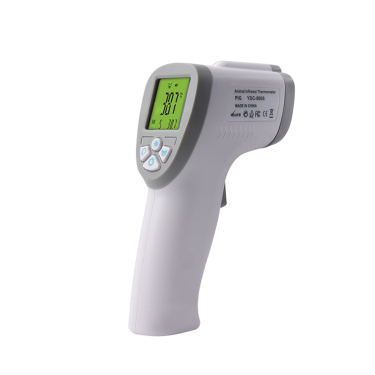
# Dog Thermometer: Essential Tool for Monitoring Your Pet’s Health
## Why Every Pet Owner Needs a Dog Thermometer
As a responsible pet owner, monitoring your dog’s health should be a top priority. One of the most crucial tools in your pet care arsenal is a reliable dog thermometer. Unlike human thermometers, these specialized devices are designed specifically for canine use, providing accurate readings that help you detect potential health issues early.
Understanding Normal Dog Temperature
Before using a dog thermometer, it’s important to know what constitutes a normal temperature range for your furry friend. A healthy dog’s body temperature typically falls between 101°F and 102.5°F (38.3°C to 39.2°C). Puppies and smaller breeds may have slightly higher normal temperatures than adult dogs or larger breeds.
Types of Dog Thermometers Available
Modern pet care offers several options for monitoring your dog’s temperature:
- Rectal thermometers: The most accurate option, though some dogs may resist
- Ear thermometers: Quick and less invasive, but may be slightly less precise
- Non-contact infrared thermometers: Convenient but generally less accurate
When to Use Your Dog Thermometer
Regular temperature checks aren’t necessary for healthy dogs, but you should reach for your dog thermometer when you notice:
- Lethargy or unusual behavior
- Loss of appetite
- Shivering or panting excessively
- Vomiting or diarrhea
- After potential exposure to extreme temperatures
How to Properly Use a Dog Thermometer
For the most accurate reading with a rectal thermometer:
- Lubricate the tip with petroleum jelly or water-based lubricant
- Gently lift your dog’s tail
- Insert the thermometer about 1 inch into the rectum
- Hold it in place until it beeps (for digital models) or for about 60 seconds (for mercury thermometers)
- Clean the thermometer thoroughly after each use
Keyword: dog thermometer
Interpreting the Results
Temperature readings outside the normal range indicate potential health concerns:
- Below 99°F (37.2°C): Hypothermia risk – seek veterinary attention
- Above 103°F (39.4°C): Fever – monitor closely and consult your vet
- Above 106°F (41.1°C): Emergency situation – immediate veterinary care required
Choosing the Right Dog Thermometer
When selecting a dog thermometer, consider:
- Ease of use and cleaning
- Speed of reading (digital models are fastest)
- Flexible tip for comfort (especially important for rectal models)
- Waterproof design for easy cleaning
- Backlit display for easy reading in low light
Investing in a quality dog thermometer is one of the simplest yet most effective ways to stay on top of your pet’s health. By regularly monitoring your dog’s temperature when needed, you can catch potential health issues early and ensure your furry companion receives prompt care when necessary.
